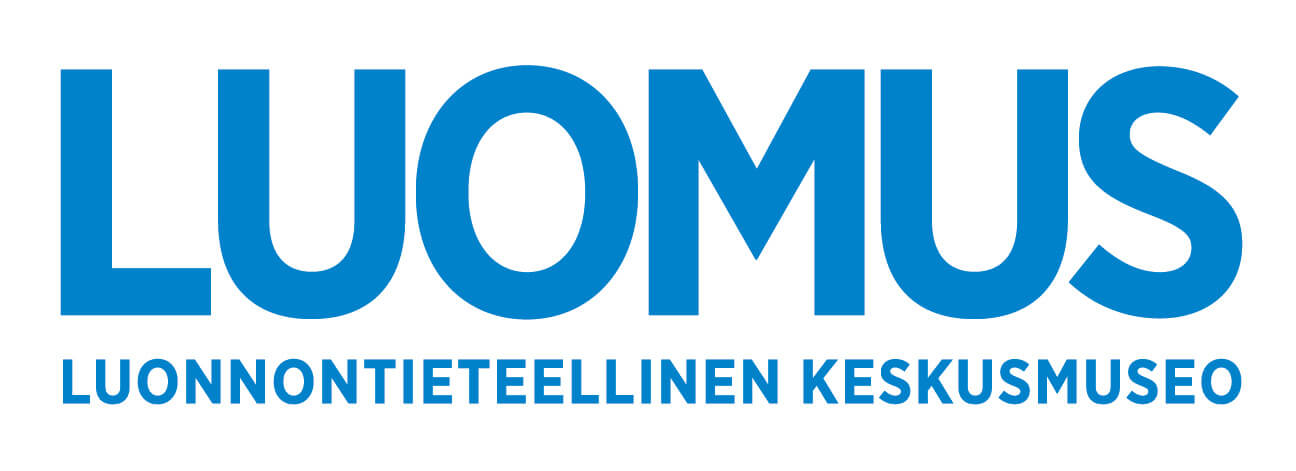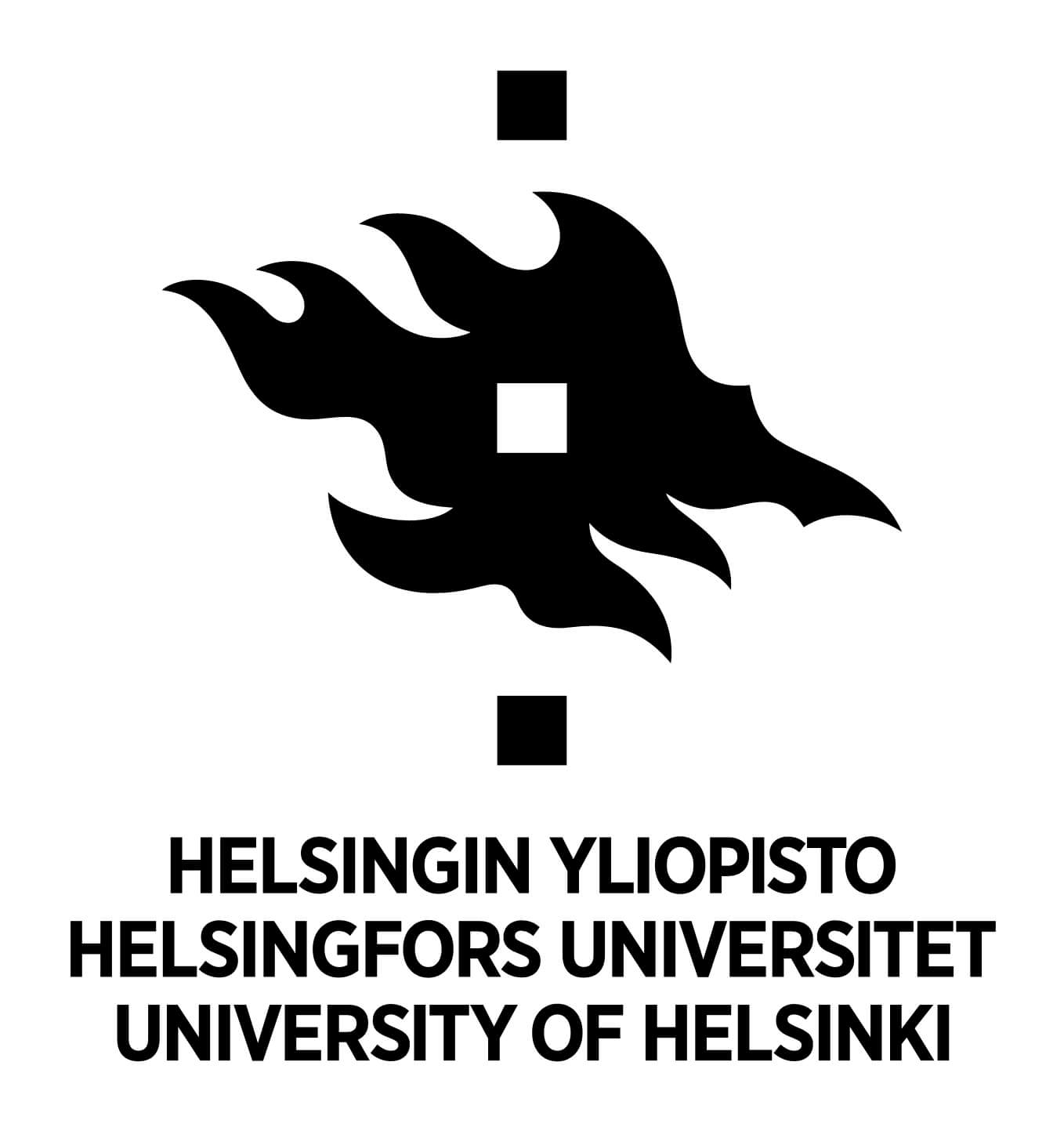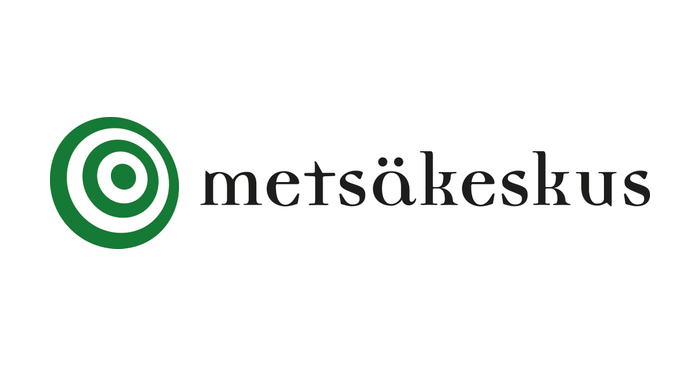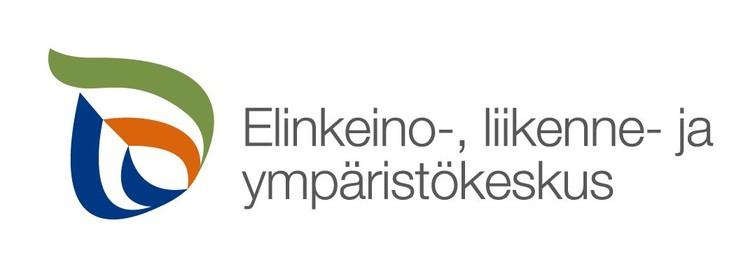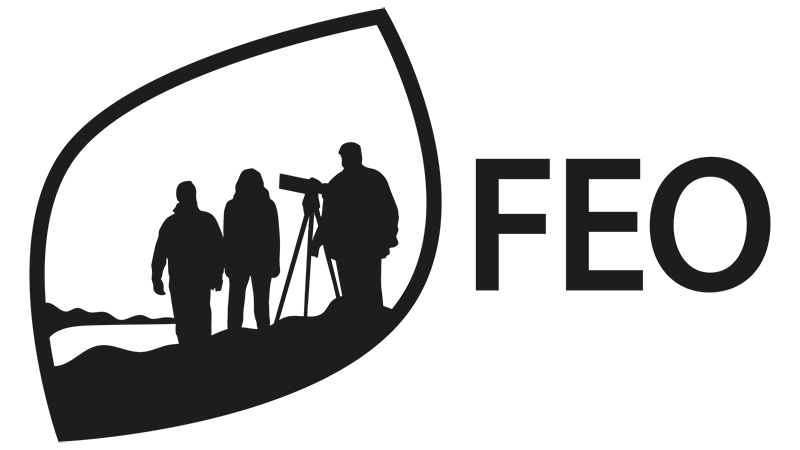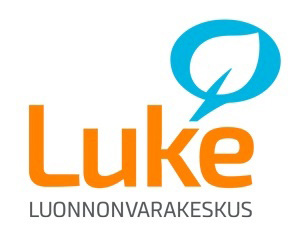FEO – Finnish Ecosystem Observatory
Home > FEO – Finnish Ecosystem Observatory
What is FEO?
Monitoring the state of nature is ever more important when the environmental conditions are changing globally and rapidly. The deterioration of ecosystems and biodiversity decline are intertwined with climate change. Their mitigation requires comprehensive and up-to-date information on the state of nature. Reliable, open and current information supports democratic decision-making.
FEO brings together scattered activities that support the monitoring of the state of nature and improves elements of research and monitoring infrastructures where needed. The project advances the utilisation and development of observation networks, remote sensing data, analysis algorithms and open data and reporting products. The rapidly increasing amount of different types of digital data, the increased openness and accessibility of data, and the development of analysis and modelling methods now make founding the system relevant.
The FEO project consists of six work packages each focusing on a specific thematic area. In addition, work package seven is responsible for coordinating the project.
- Work package 1 advances the usability of environmental information and indicators as part of decision-making processes.
- Work package 2 puts the developed methods into practice. The tasks include responding to the nature information needs of municipalities, interconnecting carbon-neutral land use and habitat management as well as developing the reporting on the Habitats Directive and Birds Directive, the assessment of threatened habitat types, ecosystem accounting, and the indicators used in the Biodiversity.fi website.
- Work package 3 brings together scattered in situ data sets and develops a monitoring network.
- Work package 4 advances the utilisation of remote sensing methods in the monitoring of the state of nature.
- Work package 5 develops modelling of biodiversity as well as carbon cycling and storages.
- Work package 6 develops the management and integration of FEO data streams.
- Work package 7 is responsible for coordinating the project, communication and collaboration.
1. Using environmental data in the society and decision-making
responds to the needs of the society
2. Practical applications
advance the monitoring of the state of the ecosystems and test the system in practice
6. Interoperable information systems and the management of data streams
enable seamless collaboration
3. Making the most of field inventory data and observation networks
4. The possibilities of remote sensing
into use
5. Biodiversity and ecosystem models
to cultivate information
Implementation
The Finnish Environment Institute SYKE leads the implementation of the project, but developing a functional system requires extensive co-operation with different parties producing and utilising data sets. Achieving an operative co-operation network is one of the key objectives of the project.
The FEO steering group includes the Ministry of the Environment, the Ministry of Agriculture and Forestry, the Natural Resources Institute Finland, the University of Helsinki, the Finnish Museum of Natural History, Metsähallitus, the Finnish Forest Centre, the National Land Survey of Finland, the Centre for Economic Development, Transport and the Environment (the ELY centres), and the IT Center for Science Ltd. (CSC).
The FEO project is planned to take four years, and it launched in the spring of 2020. The project is financed by the Ministry of the Environment and SYKE.
How FEO is organised
The responsible leader of the FEO-project is Head of Unit, Leading Scientist Petteri Vihervaara.
Each of the three inter-connecting themes of the FEO project has a responsible leader as follows: Petteri Vihervaara leads the biodiversity theme, Research Professor Martin Forsius leads the ecosystem processes theme, and Development Manager Saku Anttila leads the data systems theme.
Together with the work package leaders, the thematic leaders and the project coordinator Peter Kullberg form the coordination group of the FEO-project.
Steering group
The FEO steering group includes organisations that have a key role in producing and utilising environmental data and information. The steering group supports the development of the long-term strategy of FEO and connects relevant stakeholders and ensures smooth collaboration between them.
The FEO steering group
Joona Lehtomäki, Senior Specialist, the Ministry of the Environment of Finland (chairman)
Peter Kullberg, Project Coordinator, Finnish Environment Institute (secretary)
Saku Anttila, Development Manager, SYKE
Jaana Bäck, Professor, Helsinki University
Martin Forsius, Research Professor, SYKE
Saku Härkönen, Senior Specialist, the Ministry of the Environment of Finland
Aino Juslén, Director, Finnish Museum of Natural History
Jarkko Koskinen, Professor, ylijohtaja, the National Land Survey of Finland
Olli Ojala, Senior Specialist, the Ministry of the Environment of Finland
Antti Pursula, Project Director, the IT Center for Science Ltd. (CSC)
Elisa Pääkkö, erikoissuunnittelija, Metsähallitus
Mari Rajala, Director, ympäristö- ja luonnonvarat, the Centre for Economic Development, Transport and the Environment of Pirkanmaa
Anna Rakemaa, Forest Director, the Finnish Forest Centre
Niina Riissanen, johtava asiantuntija, the Ministry of Agriculture and Forestry
Tanja Suni, Research Director, the Ministry of the Environment of Finland
Sirpa Thessler, Vice President, Natural Resources, the Natural Resources Institute Finland LUKE
Petteri Vihervaara, Head of Unit, SYKE
In collaboration with
INAR RI Ecosystems


